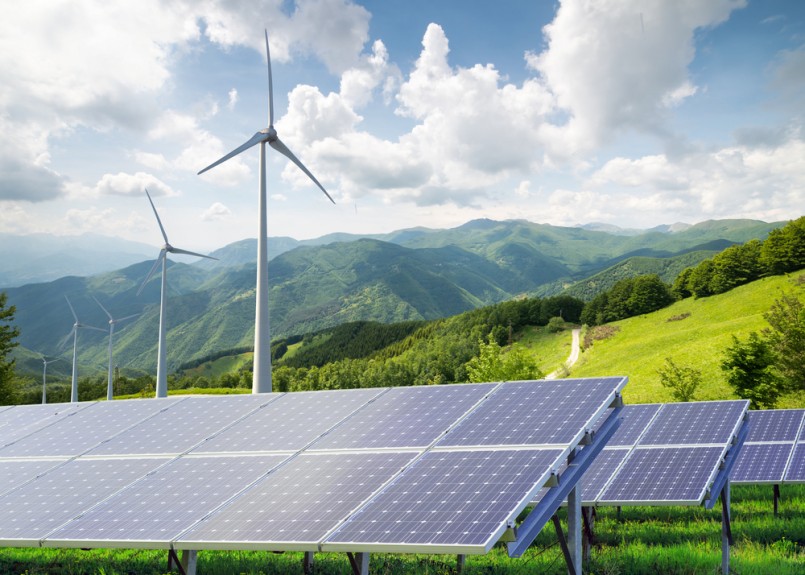Environment
How much will clean energy cost us?

Image: Shutterstock/geniusksy
When we look into the future, plenty of people see all-electric cars completely populating the roadways, wind power overtaking dirty energy sources like coal and a world where we no longer need to fear Chernobyl-sized energy disasters. And it’s nice to dream, but in the real world, what would a clean energy future like this even cost to implement?
Inhabitat produced a helpful infographic. In order to be 100% renewable globally, we would need 496,805 square kilometers of solar panels, 8 million wind turbines, 15 million water energy converters, 1 million geothermal generators or 640 hydroelectric dams. Or we’d need a mix of those, which could cost a mean total of £29.46 trillion, or $42.82 trillion, for 100% replacement of non-renewable energy sources with renewable ones. That sounds insanely expensive, but it would actually amount to 21% of our global wealth. Cheap price tag for saving our future.
According to the Union of Concerned Scientists, an organization devoted to the use of science to solve global problems, the clean energy cost is even more reasonable than naysayers would like to imagine. Admittedly, clean energy has more of an upfront cost. Think putting solar panels on your roof vs. sticking with the existing electrical grid, though solar has become even more affordable. But most barriers that exist to clean energy are purely social in nature. They are mainly market and policy issues.
As far as cost goes, the main issue is one of scale. The more demand a product has, the more it can be mass-produced at a cheaper cost. For instance, in the late 1990s, costs to produce photovoltaics (or solar energy converters) decreased 20-25% for each doubling in production amount.
On a consumer level, clean energy already has a built-in market in place. According to reviews by the U.S. Department of Energy, 52-95% of residents would pay a modest fee more on monthly electric bills for renewable energies. The desire to pay increases after education about clean energy. More specifically, 70% of those polled were willing to pay at least $5 per month for electricity from clean energy resources, 38% were willing to pay at least $10 per month more and 21% were willing to pay at least $15 per month more.
Solar and wind are the most desirable clean energy sources according to those polled. And other data suggest that respondents would be more willing to pay additional for clean energy in a competitive market system where they had more ability to choose their rates.
From there, it’s a matter of getting policies and markets to line up with our goals. One of the major factors is that infrastructure will need an overhaul. The public will need to be marketed towards to support these new energies, workers will need to be trained in clean energy maintenance and the necessary infrastructure will need to be built, of course. Government subsidies and taxes will also need to support clean energy.





0 comments